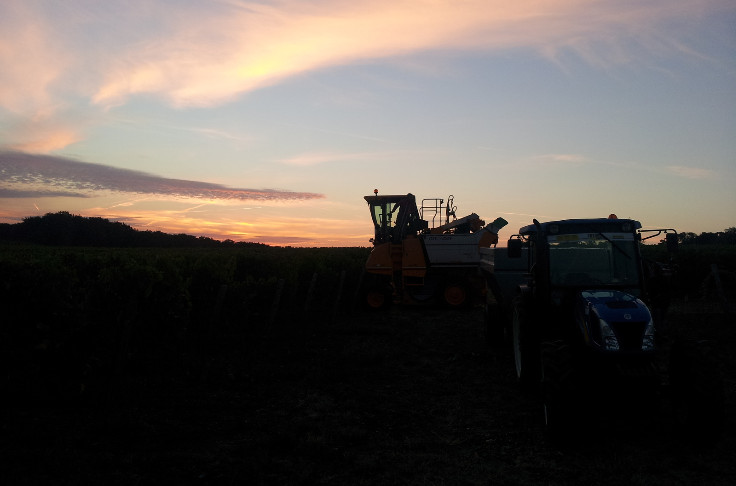Repeat performance of 2021 in Gascony with small yields confirmed for the white wines

fter frost, hail and then drought, the small 2022 harvest in the Gers area of South-West France has been confirmed and companies are scrambling to access even the smallest volumes available. Although the PGI CĂ´tes de Gascogne producers’ organisation is loath to release figures until official harvest returns have been filed, its director Alain Desprats warns that output will be a far cry from the 1.7 million hectolitre average for the Gers wine region, “bearing in mind that there is uncertainty to within 100,000 hl”, he says.
Desprats adds that drought alone affected harvest potential by 20 to 30%. “In a normal year, half of the volume, or 850,000 hl, goes to PGI CĂ´tes de Gascogne, 400,000 hl to Vin de France, 200,000 hl are base wines for Armagnac and the rest is produced under the department's appellations”. Base wines for Armagnac are likely to be the most penalised, “because producers tend to favour market-worthy wines”, explains Desprats.
But the most worrying aspect is the succession of two poor harvests, which means that the buying season is starting “with no inventories, whereas we started the previous season with normal stocks”, says broker François Tarrit. This maintains pressure on availability and prices. “Prices were already high last year”, recalls Desprats, and for Tarrit, there is no other option than for “prices to stay firm, but not in excess of those for the previous vintage, at around €100/hl for Colombard and €110-115/hl for Sauvignon.”
More broadly speaking, some firms went to Gers for procurements of “fresh, aromatic whites blended into Vins De France, so levels of Vin De France for this vintage will need to be ascertained, both by volume and quality, because if the usual styles are not there, those volumes will have to be found elsewhere, probably in Languedoc”, comments Florian Ceschi, director of brokerage firm Ciatti Europe.






